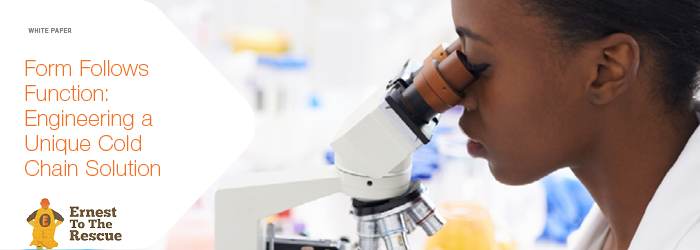Throwback Thursday: The Sparkling Science Behind Champagne Bottles
December 28, 2017

2018 is almost upon us, and there’s nothing more exciting than planning an evening with friends and family to ring in the new year! If you’re like the 360 million people who enjoyed a glass of champagne to usher in 2017, you’re probably looking forward to popping open a bottle of bubbles while watching the ball drop. Go ahead and pour yourself a glass right now, because we’re taking a deep dive into why Champagne and sparkling wines are packaged in those thick, heavy bottles.
The answer, like for most things packaging-related, is science! You probably know that Champagne can only legally be called that if it comes from the Champagne region of France, and that similar products from other parts of the world are called sparkling wine. But did you know that they both undergo two rounds of fermentation?
Champagne and sparkling wine need secondary fermentation to get those bubbles we love so much, and the second process takes place inside the bottle. During that long period (which can last up to 10 weeks), CO2 is trapped inside glass and builds up a lot of pressure. That’s why Champagne bottles are so thick and heavy: so the glass doesn’t shatter while all that gas builds up in the Champagne, just waiting to be popped open on New Year’s Eve!

If you’re planning on having a big party, you might be interested to know that there’s one more process that takes place to get your jumbo bottle of Champagne packaged. (If you aren’t interested, pour yourself another glass.)
Champagne bottles are fermented on a rack facing 45 degrees downward and shifted every so often, so the dead yeast consolidates in the bottle’s neck. Since bottles larger than a magnum are so heavy, they aren’t easy to lift and shift. The Champagne that eventually ends up in those bigger bottles undergoes secondary fermentation in smaller bottles, and is then transferred for final packaging.
Ernest Packaging Solutions has been moving packaging forward since 1946, and we couldn’t do it without a lot of science behind the scenes. From a Champagne bottle to simple cardboard boxes, an immense amount of consideration and strategic implementation goes into packaging of all varieties. We look forward to all the challenges that await us in 2018, but for now, let’s sit back and enjoy a glass of bubbles to celebrate a year well spent. From all of us at Ernest, Happy New Year!
If you’re curious about how temperature-sensitive products like sparkling wine make it to market, read our white paper to learn more about cold chain packaging!



